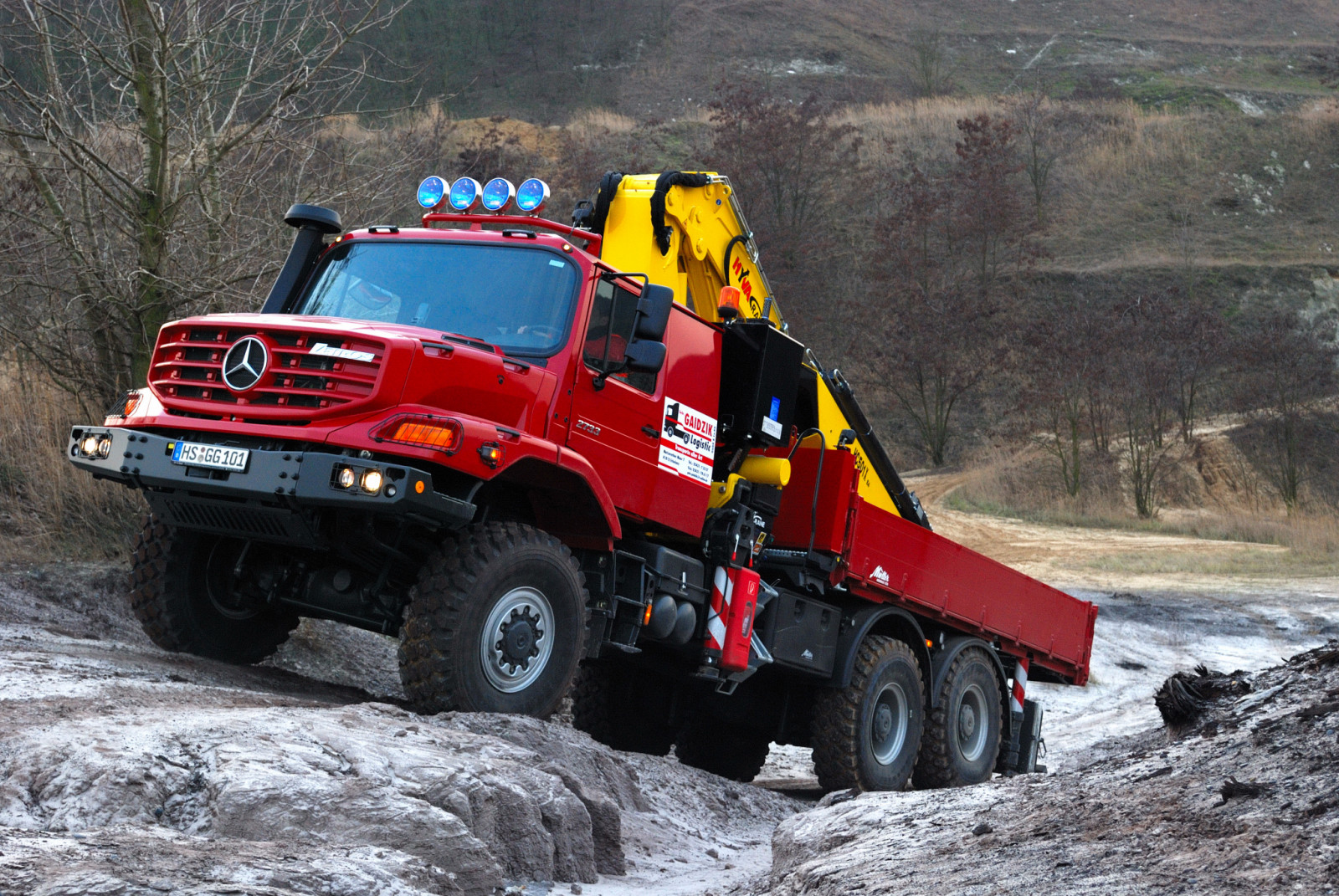How to use Depth of Field in photography?
The aperture, its influence on the depth of field, and how do I use it?
Three factors influence the exposure of an image. This is called the exposure triangle:
1. Sensitivity of the sensor (or film); the ISO number
2. The shutter speed
3. The aperture
Besides the influence of the aperture on the exposure, it also influences the Depth of Field. Depth of Field is explained in more detail in this article.
What is Depth of Field?
Seen from the camera point of view, Depth of Field is the area between that part that is closest and farthest away, and that is also sharp in the picture.
There are three factors that have a direct influence on the depth of field
First of all, the choice of aperture. Also, the choice of the lens and especially the focal length has its influence. The smaller the focal length is, the greater the angle of view. This results in a greater Depth of Field.
Then there is the size of the digital sensor. A larger digital sensor will result in a smaller Depth of Field.
In this article, I will not explain the last two mentioned (focal length and sensor size), because otherwise, the story becomes too technical.
How can you influence the Depth of Field?
In answering the question, I assume that you have a digital camera with an adjustable aperture. The aperture is made of slats that form a circular opening within the lens. This allows the light to reach the sensor.
When the aperture is smaller, the amount of transmitted light becomes smaller, and the Depth of Field increases. The aperture number increases when the opening decreases, and thus, the Depth of Field increases.
Nowadays, the cameras are equipped in such a way that the adjustment of the aperture is made through the camera. In the past, this was different. There was a rotating ring on the lens with which you had to make the change.
This had a (small) advantage. This ring had a scale on it. It allowed you to see in a simple (but approximate) way how large the Depth of Field was.
How to use the Depth of Field?
Using several examples, I want to show how I use the aperture in the composition of images.
Isolating a subject because of aesthetic insights
With this picture, I wanted to draw attention to the butterfly. If the model had been in the image in full sharpness, the image would have been less successful. The model would have distracted the viewer from what I meant.

Leyla with butterfly Setting: f= 5.6
Isolate a subject from the background
Especially in sports photography, you sometimes have to deal with hectic backgrounds. Think of surrounding players, attributes, or the audience in the stands. To ensure that the subject does not merge with its surroundings, you can use the aperture to isolate the action/play situation from its surroundings. It is as it was detached from its surroundings.

Handball photo with audience and action Setting: f=2.8
Including the background in the image
In nature photography, but also product photography in nature, you want to include (or not) the environment in the picture. Sharpness can help here. In some cases, you want to have as much sharpness as possible. With this image, I have positioned the truck in its natural working environment.

Mercedes Zetros Setting: f=8
Hyperfocal distance
If you want to focus on multiple subjects and if those subjects are not (close) together in the field, then you can use the so-called hyperfocal distance.
Three factors have a direct influence on the hyperfocal distance. These are the same three factors that also determine the Depth of Field (aperture, lens length, and sensor size).
I set the largest hyperfocal distance as follows.
- Set the focus operation to manual.
- Set the focus to infinity.
- Set the aperture to its smallest opening (= largest number).
You have now found the widest possible Depth of Field area in the range of the lens.

28mm lens
Here you can see that the depth of field range is between 1m and infinity*. It is partly because the lens has the smallest aperture of f=22

50mm lens
Here you can see that the Depth of Field range is between about 3.5m and infinity.

85mm lens
Here you can see that the Depth of Field range is between about 6m and infinity.
- These ranges apply to a full-frame camera.
So far, my contribution to this subject.
My work can be found on my website.
All pictures in this article are made by me. Of course, these (and the text) are copyrighted. I enjoyed writing this article. After all, sharing knowledge is multiplying knowledge. Benefit from it, but above all have fun in photographing.
Jos Joosten
Photographer
-
Natalie RamosPhotographer/WriterUS$ 0,08 pm
-
Glenn van den BoschPhotographer writerUS$ 0,27 pm
-
Michael KlinkhamerPhotography-CoachFree
-
Dylan DuganCreating photographsUS$ 0,25 pm
-
Erica ModlinphotographerUS$ 0,08 pm
-
Elena Chilphotography, fashion, skate, travelUS$ 0,91 pm





























